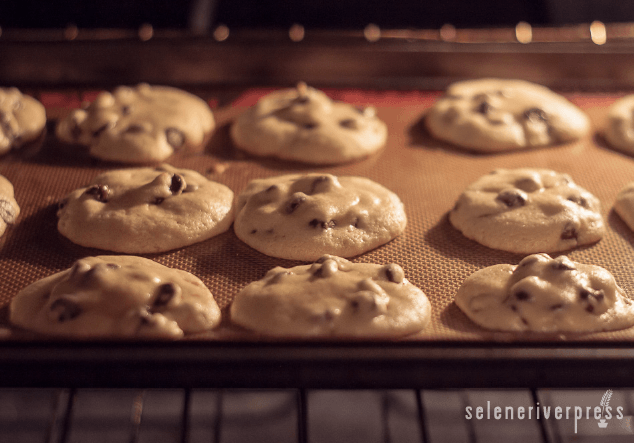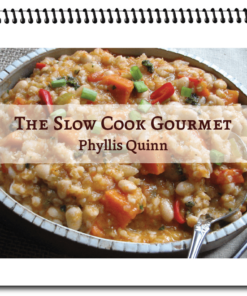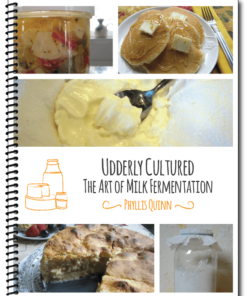Ask Chef Phyllis:
Years ago I had a refrigerator magnet that displayed equivalent amounts for baking, like 4 quarts equal 1 gallon and other basic information that most cooks know already. Now I’m looking for a different kind of substitution chart that has more up-to-date equivalents. For example, healthier swaps such as a better fat for the margarine in my old chocolate chip cookie recipe or the best kind of oil I should use in my Fry Daddy. Is there any chance such a list exists? Can you help?
—Pauline Wolfe Henderson, Collierville, TN
I receive dozens of requests for healthier sugar equivalents and fat substitutes. We’re all looking for better options, but we still want to keep our tried and true recipes. Though I have the same chocolate chip cookie recipe that calls for margarine that you have, I never want to use margarine again. I switched to butter first, but it made a harder cookie than I wanted. Next came lard, with better results. But the final and best choice for my Toll House chocolate chip cookies was… coconut oil (which I refrigerated for 30 minutes first). See my other recommended Toll House substitutions below, followed by my complete substitution chart. It might just save your baking day!
Ingredients and Substitutions for Original Toll House Chocolate Chip Cookies
Original ingredients:
2¼ cups flour
1 teaspoon baking soda
1 teaspoon salt
2 sticks (1 cup) margarine
¾ cup packed brown sugar
¾ cup granulated white sugar
1 teaspoon vanilla
2 eggs
2 cups semi-sweet chocolate chips
½ cup nuts (optional)
Substitutions:
Margarine: You may swap 1 cup margarine with 1 cup coconut oil (chilled for 30 minutes in the fridge) or 1 cup butter if you prefer. Chef’s tip: If you use butter, reduce cooking time 1–2 minutes for a softer cookie. Everything else remains the same.
White sugar: Replace ¾ cup sugar with ⅞ cup coconut palm sugar or 1 cup organic cane juice sugar.
Flour (for gluten free cookies): Substitute flour for 2 cups light buckwheat flour or a flour-free mix of your choice, such as one from Bob’s Red Mill.
Chef’s tip: To answer your question about frying, I recommend peanut oil, coconut oil, or lard. These fats have a higher smoking temperature, 450°F to be exact. Since you can fry foods at a higher temperature, they absorb less grease and are crispier too. You can also try adding 1 tablespoon olive oil to the butter in the frying pan; the oil will keep the butter from browning too quickly. Finally, I hope you try lard for your pie crusts. It’s flakier and tastier and a much better choice than hydrogenated shortening.
Ingredient Substitution Chart
Note: ⅞ cup is equal to ¾ cup + 2 tablespoons.
| Ingredient | Amount | Substitution |
| Butter | 1 cup | 1 cup ghee (clarified butter) |
| Butter, unsalted | 1 cup | 1 cup coconut oil |
| Chocolate, premelted | 1 oz. liquid packet | 3 tablespoons unsweetened cocoa powder + 2 teaspoons brown rice syrup |
| Chocolate, syrup | 1 serving of chocolate milk | 2 tablespoons unsweetened cocoa powder + 1 tablespoon honey |
| Chocolate, unsweetened | 1 oz. square | 3 tablespoons unsweetened cocoa + 1 tablespoon melted butter |
| Cornstarch | 1 tablespoon | 1 tablespoon arrowroot |
| Corn syrup, dark | ½ cup | ½ cup brown rice syrup + 1 teaspoon vanilla |
| Cream, half and half | 1 cup | ⅞ cup whole milk +1 tablespoon melted butter or ¾ cup whole milk + ¼ cup heavy cream |
| Cream, heavy whipping | 1 cup | ¾ cup whole milk + ⅓ cup melted and cooled butter |
| Cream, light | 1 cup | ⅞ cup whole milk + 3 tablespoons melted and cooled butter |
| Cream, sour | 1 cup | ⅓ cup melted butter + ¾ cup milk or 1 cup Greek yogurt |
| Fat, shortening | 1 cup | ⅞ cup lard or schmaltz (for pie crust) or 1 cup coconut oil (for cakes and cookies) |
| Fat, shortening or margarine | 1 cup | 1 cup butter; ⅞ cup clarified bacon or pork fat; or ⅔ cup clarified chicken fat + ¼ cup nut oil |
| Fat, vegetable oil | 1 cup | 1 cup peanut oil |
| Flour | 1 tablespoon | 1 whole egg; 2 egg yolks; 1 tablespoon tapioca or arrowroot (for pudding); or 1 tablespoon quinoa flakes or agar-agar flakes (for soup) |
| Ginger | 1-inch piece | yields 2 tablespoons grated ginger |
| Lemon juice | 1 tablespoon | ½ teaspoon lemon extract |
| Lemon juice | 1 teaspoon | ¼ teaspoon cider vinegar |
| Lemon juice | juice of ½ lemon | yields 2 teaspoons lemon juice |
| Lime juice | juice of ½ lime | 1 teaspoon lime juice |
| Milk, sour or buttermilk | 1 cup | 1 cup sweet milk + 1 tablespoon lemon juice or vinegar |
| Milk, sweet | 1 cup | 1 cup sour milk + ½ teaspoon baking soda |
| Milk, whole | 1 cup | 4 tablespoons powdered milk + 1 cup water or 4 tablespoons nonfat milk + 2 teaspoons melted butter + 1 cup water |
| Molasses | 1 cup | 1 cup raw honey |
| Stock | 1 cup | 1 cup water |
| Sugar, brown | 1 cup | ¾ cup raw chilled honey or ⅞ cup rapadura sugar |
| Sugar, white | 1 cup | 1 cup organic cane juice sugar (I use Trade Winds organic); 1 cup unsweetened applesauce (for cakes); 1 cup pureed pumpkin pulp; 1 cup mashed banana; or ⅞ cup coconut palm sugar |
| Tomato juice | 1 cup | ½ cup tomato sauce + ½ cup water |
| Tomato sauce | 2 cups | ¾ cup tomato paste + 1 cup water |
| Water | 1 cup | 1 cup whey |
| Zest, lemon | 1 lemon | yields 2 teaspoons finely grated zest |
| Zest, lime | 1 lime | yields 2 teaspoons finely grated zest |
| Zest, orange | 1 orange | yields 2 tablespoons grated zest |

AUTHOR’S NOTE
To choose your organically grown and fresh ingredients wisely, use the following criteria:
- chemical- and hormone-free meat
- wild-caught fish
- pasture-raised, organic eggs
- whole, unrefined grains
- virgin, unrefined, first-press organic oils
- whole-food, unrefined sweeteners
- pure, clean, spring water
- sea salt
- raw and/or cultured milk and cream products
Creative Commons photo by Sharon Drummond





This is great, Phyllis!